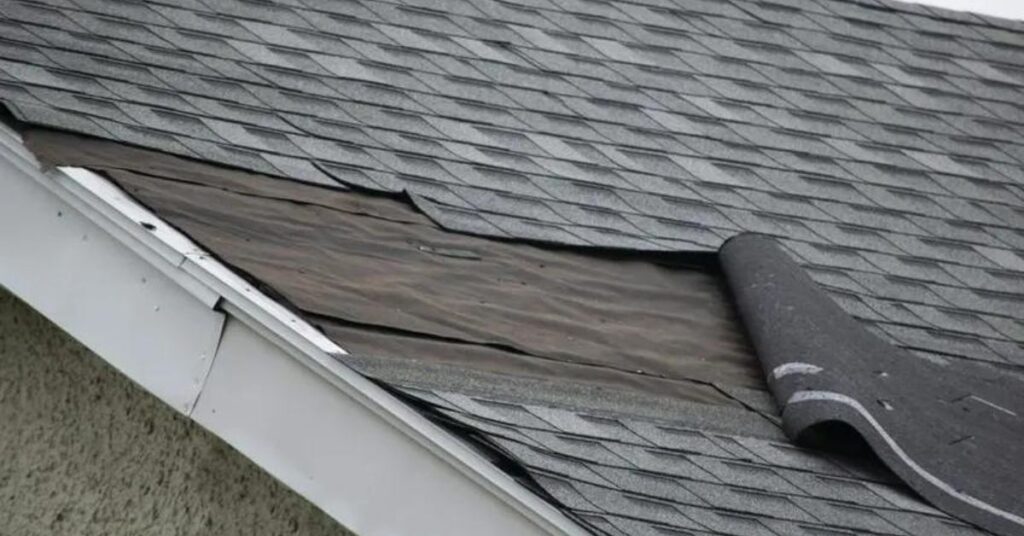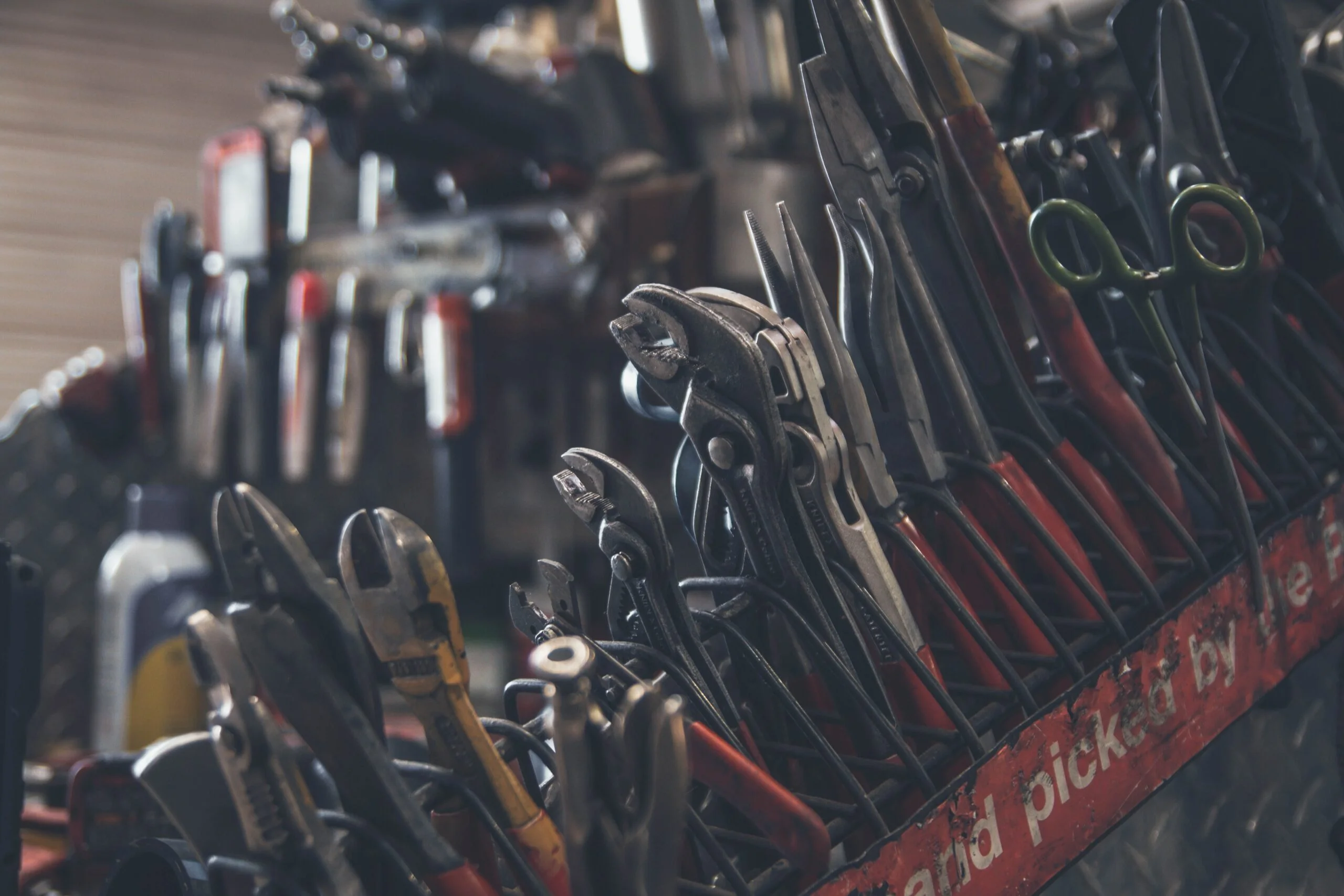Your roof is one of the most crucial components of your home, protecting you and your belongings from the elements. But just like any other part of your house, it requires maintenance and, eventually, replacement. In this guide, we’ll explore the factors that determine how often you need a new roof and provide tips for extending its lifespan.
How Often Do You Need a New Roof?
Determining the frequency at which you need to replace your roof depends on various factors, including the type of roofing material, environmental conditions, maintenance practices, and the quality of installation. While there’s no one-size-fits-all answer, here are some general guidelines to help you gauge when it might be time for a roof replacement:
Roofing Material
Different roofing materials have different lifespans. For instance, asphalt shingles typically last between 20 to 30 years, while metal roofs can endure for 40 to 70 years or more. Understanding the expected lifespan of your roofing material is the first step in assessing when a replacement might be necessary.
Environmental Factors
Climate conditions play a significant role in determining the longevity of your roof. Areas prone to extreme weather, such as heavy rain, snow, hail, high winds, or prolonged exposure to UV radiation, may experience accelerated roof deterioration. Regular inspections and maintenance are crucial in such environments to identify and address potential issues early on.
Maintenance and Repairs
Proper maintenance and timely repairs can extend the lifespan of your roof. Regular inspections, cleaning gutters, replacing damaged shingles, and addressing minor issues promptly can prevent small problems from escalating into costly repairs or premature replacement. Neglecting maintenance tasks can shorten the lifespan of your roof and increase the likelihood of major damage.
Age of the Roof
Age is one of the most significant factors in determining when to replace your roof. As your roof approaches the end of its expected lifespan, it becomes more susceptible to wear and tear. Even if your roof appears to be in good condition, it’s advisable to start planning for a replacement as it nears the upper limit of its lifespan to avoid unexpected failures.
Visible Signs of Damage
Inspecting your roof for visible signs of damage is essential in determining its condition. Look for cracked, curled, or missing shingles, sagging areas, water stains on the ceiling, moss or algae growth, and granule loss on asphalt shingles. These indicators suggest underlying issues that may warrant a closer inspection or replacement.
Ultimately, the decision to replace your roof should be based on a combination of these factors, as well as the advice of roofing professionals.
Tips for Extending Your Roof’s Lifespan
- Regular Inspections: Schedule annual roof inspections by a professional to identify and address any issues before they escalate.
- Prompt Repairs: Address minor repairs promptly to prevent them from developing into larger, more costly problems.
- Keep Gutters Clean: Clogged gutters can lead to water backup and roof damage. Clean your gutters regularly to ensure proper drainage.
- Trim Overhanging Branches: Tree branches hanging over your roof can rub against the shingles, causing damage. Trim back branches to prevent this from occurring.
Read More: Is an Expansion Tank Required for a Water Heater?
Conclusion
Knowing when to replace your roof is essential for protecting your home and ensuring its longevity. By considering factors such as material quality, climate conditions, installation, and maintenance, you can determine the optimal timing for a roof replacement. Remember to stay proactive with inspections and repairs to maximize the lifespan of your roof and avoid costly damage down the road.


